
Arc System Works publishes some fantastic third party stuff in addition to their own in-house development. Castle of Shikigami III, Under Night In Birth, and even the acclaimed The Missing: J.J. Macfield and the Island of Memories grace their roster. They’ve got good taste and I generally have high hopes for Arc System Works releases. That being said, I had no idea what to expect from Damascus Gear: Operation Osaka, recently released on Switch, PS4, Vita, and Steam.
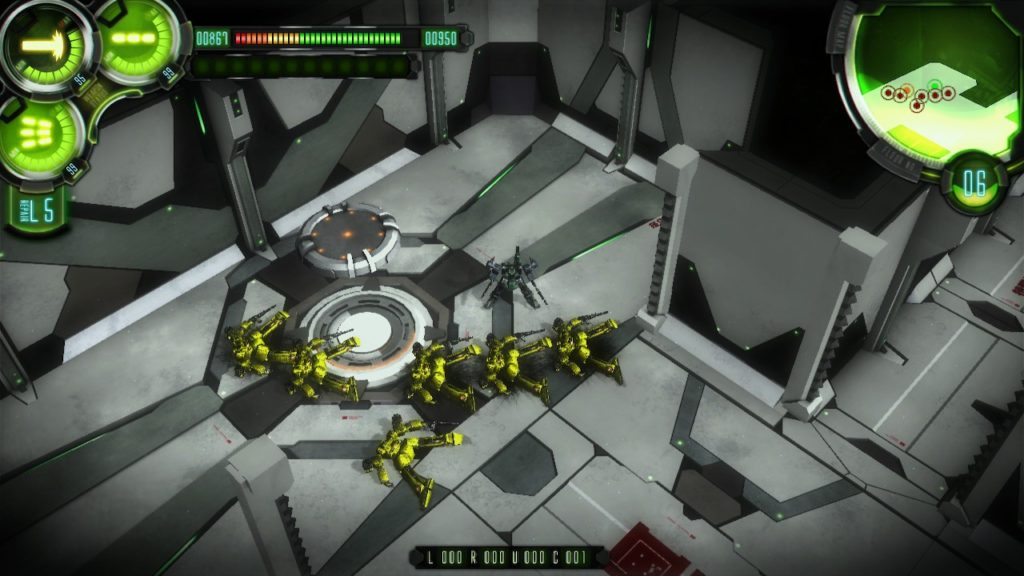
Developed by APlus Company Ltd., Damascus Gear tells the story of a boy whose parents have died, leaving him a sizeable debt, a rather alluring AI companion, and a huge mech, called a GEAR. Using your GEAR, you have a month to pay off the debt your parents left you or default on your loan, risking forfeiture of assets, loss of citizenship, and even death. Debt is a pretty big deal in Osaka and it’s not to be tolerated, especially owing what you do. Between that and the history of GEARS and RAGE in Japan, the background story is utterly fascinating. The depth of the available information is simply impressive and interesting. It would make for a great anime. Unfortunately, it’s not an anime. It’s not really entirely anything. Part rogue-like dungeon crawler, part mech game, part arena based combat game, all with light RPG elements, Damascus Gear: Operation Osaka doesn’t seem to entirely find its identity in any one area, leaving it fumbling through a variety of genres.
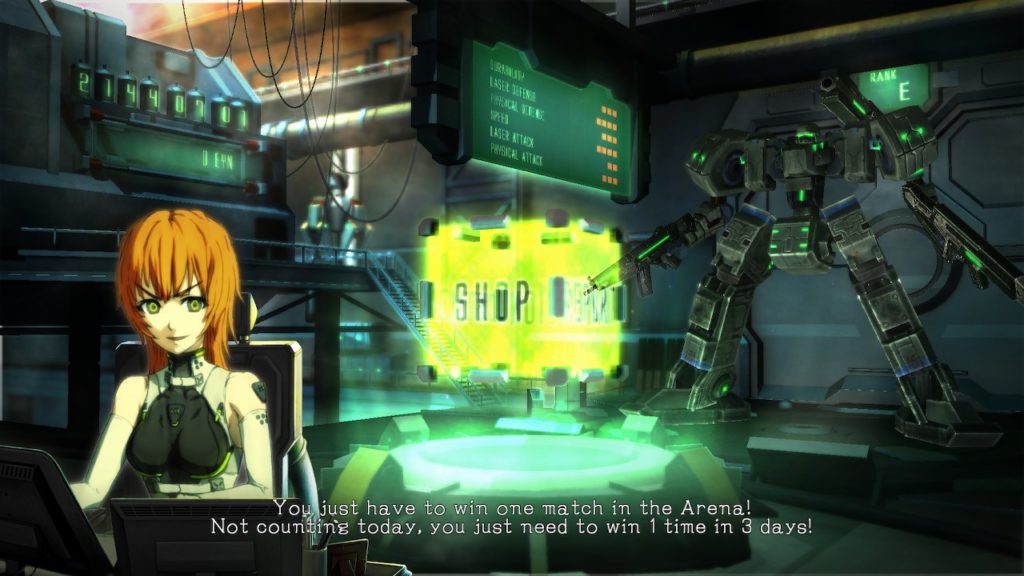
The story is good at first, especially considering the use of another tired unnamed protagonist trope. Later on not so much, but at the outset it’s interesting. The game itself is different, however. Once you manage to get past the introduction and take an actual multiple choice test about information you don’t have, you’re off to the races, barreling down levels of the bizarre Cosmopolis dungeon beneath the city of Osaka. Of course, you’re a natual pilot that just needs to be taught a few things. Turns out the entire dungeon is just an isometric maze that shifts every time you enter it, with a clever explanation much like the plot of Cube without all the clever death scenes and mystery (also if you haven’t seen Cube and you have a strong stomach, go watch it now).
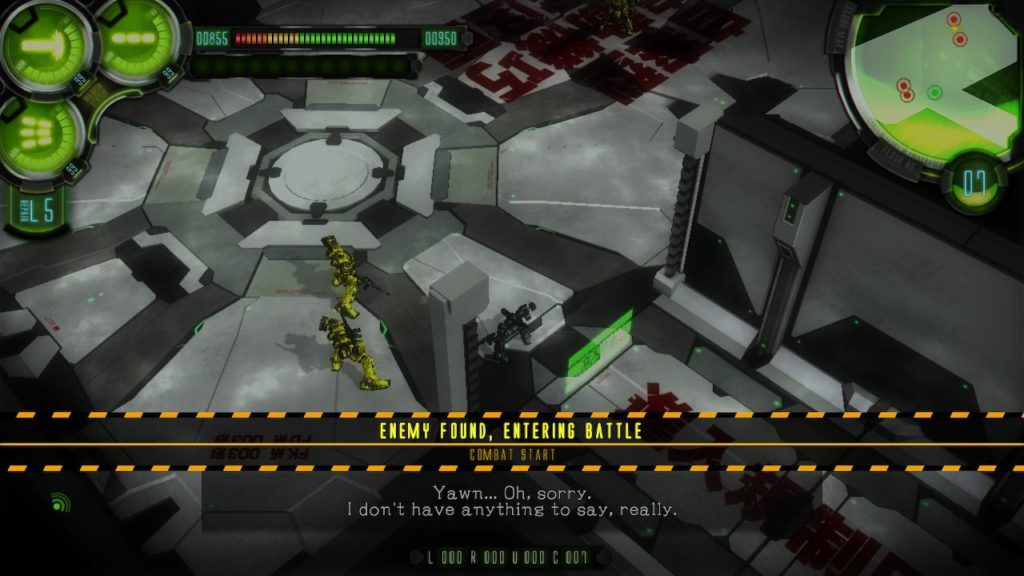
Levels simply consist of a couple of rooms of random enemies geared to your ranking mostly, and the AI is weak. Your base weapons absolutely slaughter most enemies early on, and you can constantly boost with no fuel loss somehow as well as juking repeatedly with a dedicated button. Oddly enough, your ammo needs time to replenish, leaving you jetting around battle areas with nothing to do until you recharge. It can be a bit tedious. Judicious use of the laser cannon tends to wipe out most of the popcorn enemies though, leaving only the more powerful to present a challenge. That’s pretty much the extent of combat. Dodge, shoot, recharge, rinse, repeat. There’s no real depth to most dungeon combat until you get to a Floor Defense System where the enemies can get fairly nasty. Even then, it’s mostly a battle of attrition, even if you’re ridiculously outmatched. Arena battles are a bit different. They have significant earning potential, but you’re often outmatched. The game was designed to compensate for this though, and losing nets you large amounts of money anyway, just not quite as large as winning. Some battles you simply can’t win though, adding flavor to the plot like a generic package of spicy ramen. You can eat it, but it’s not the best. One on one combat is just as tedious as dungeon crawling, and the same goes for fulfilling conditions to triumph.
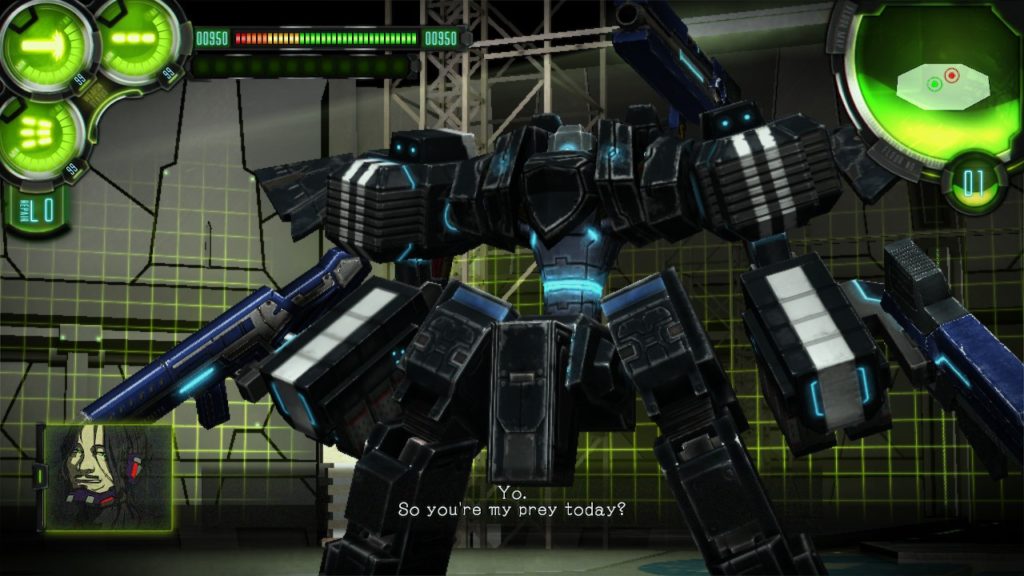
To proceed in the game, you’ll have to switch between arena and dungeons so you can upgrade your GEAR and survive. Blowing through dungeons allows you to salvage up to 20 items, letting you harvest enemy GEARs for their random drops. You get an assortment of more powerful weapons this way, but it’s hard to tell what’s best to use as even the most powerful items you gain can be useless in the wrong situation or against the wrong type of armor. I found small laser weapons to be particularly ineffectual most of the time and close quarters weapons to be intermittent at best. Shotguns and machine guns are great early on but you’ll need the more specialized weaponry for later. It’s tough to pick a solid loadout for a random series of dungeons however, so sometimes you’re just hosed. If you do die in a dungeon, all isn’t lost, as Damascus Gear Operation Osaka is nothing if not forgiving. Simply pay a fee and only bring back a portion of your loot, and you’re good as new, although your debt might not get paid off if you die too much.

Graphically, you’re not getting much here either, as gameplay is mostly zoomed out and over so quickly that you don’t enjoy it. You can zoom in on the action, but it’s nothing special and it reduces your view of the situation in a given combat scenario. The repetitive backgrounds quickly get tiresome too, and the music might as well not exist for how uninspired it is. Again, it’s not bad, it’s just not good. Same goes for the menu system which is weirdly unintuitive. I found it hard to install new parts on my GEAR at first, not realizing that I had to save each loadout and then choose to equip it afterwards. The same goes for other menus, often moving oddly on the cube-based central menu system.
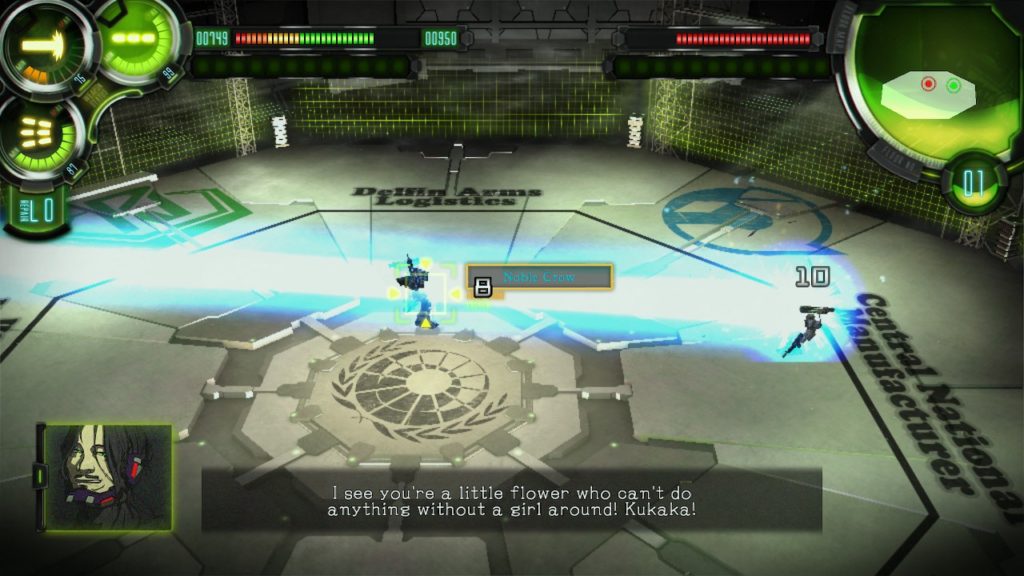
Ultimately, there aren’t a lot of surprises in store here. Weapons are fairly tame, GEARS look detailed, but not gorgeous, combat is spartan and unfulfilling, and AI is basically non-existent. The concept is sound, some of the artwork is solid, but the meat of the game is bland and tasteless. It’s not a particularly fun game, and it is honestly surprising that Arc System Works localized it, presumably to cash in on demand for mech games in general. But the complexity that most of us that play mech-based combat desire is sorely lacking here, as is any real level of tactical gameplay. Damascus Gear Operation Osaka tempts us with its beginning but leaves us hanging, waiting with bated breath for the substance to arrive. If you’re dying to play a mech game that isn’t overly complex and you like rogue-likes, you might like this one. It’s not bad. It’s nothing special either though, and it’s $20 to boot, so it depends entirely on your tastes whether it’s worth your time or not. I’d say wait for something better.

This review is based on a digital copy of Damascus Gear Operation Osaka provided by the publisher. It was played on a Nintendo Switch in both docked and undocked modes (and was pretty much the same on both). Damascus Gear Operation Osaka is also available for PS4, PS Vita, and PC via Steam.

